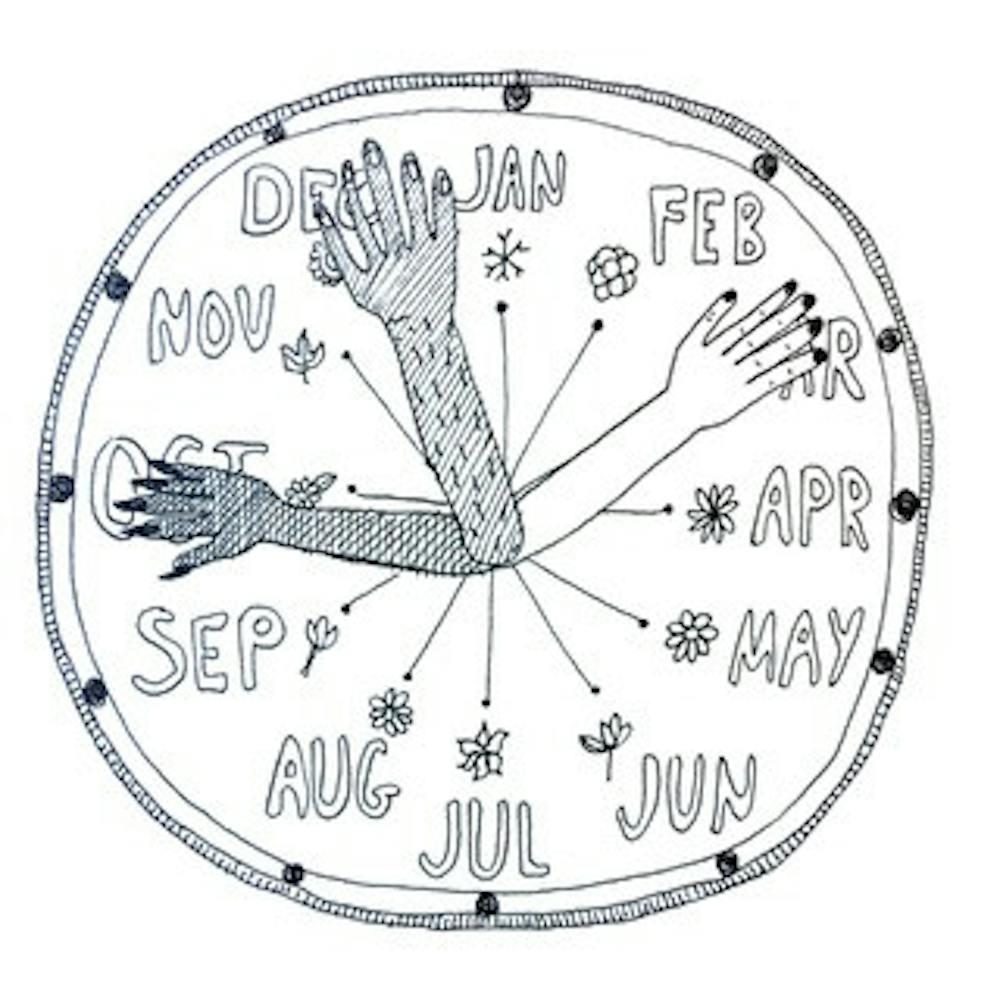The Office of Institutional Diversity and Inclusion published the diversity and inclusion action plans for a majority of the University’s administrative units online Thursday.
The administration required each unit to craft an action plan as a part of the University’s efforts to “call on the entire campus community to contribute to creating a successful academic community that embodies the social and intellectual diversity of the world,” according to the University’s Diversity and Inclusion Action plan.
“One of the biggest innovations of this (University) plan is that not only is it a university-wide (effort), but we’re actually taking it to every single unit … to come up with their own achievable set of plans” to welcome diversity and inclusion, said Shankar Prasad, asssociate provost of Global Engagement. “People really care about it.”
With several units experiencing leadership changes while drafting their action plans, “a number of administrative unit DIAPs have yet to be shared as public documents,” said Liza Cariaga-Lo, vice president for academic development, diversity and inclusion.“We have given (these departments) a little bit of extra time to give them the opportunity to really engage their communities more fully to be able to come with a workable administrative unit DIAP,” she added.
When creating their DIAPs, smaller departments were also combined with the administrative department that heads them, said Wendy McRae-Owoeye, director of diversity and inclusion.
Drafting the DDIAPs
McRae-Owoeye said that over the course of a few months, administrative units formed working groups to draft their action plans, which were then reviewed by a committee consisting of herself, Prasad and Cariaga-Lo, in addition to Executive Vice President for Finance and Administration Barbara Chernow ’79 and Vice President for Human Resources Karen Davis.
Prasad said that the process of creating the administrative departmental DIAPs was different from the method used to craft the academic departmental DIAPs. “They’re not (focused) as much on the academic content that they’re putting out, but they’re really thinking about diversity and inclusion in their internal communities,” he added. “What’s the transparency within their community? What’s the climate within their community? What (are) the hiring practices of their staff?”
The plans were originally intended to be published November 2016, The Herald previously reported. But their release was delayed to facilitate “face-to-face conversations” between the departmental working groups and the review committee, McRae-Owoeye said.
“Diversity and inclusion (work) is not done behind emails. … It’s done through engaging, thoughtful discussion,” she said. The meetings gave the university “an opportunity to understand what each department needs,” but coordinating the schedules of everyone involved to hold these discussions took some time, she added.
Each unit received a template to “help them identify goals that were actionable,” McRae-Owoeye said. These templates guided units in shaping their action plans.
Common themes
While each action plan includes initiatives and programs that are department-specific, as a general trend, the plans focus on increasing staff representation from historically underrepresented groups and express an interest in holding workplace conversations on inclusivity and diversity. The University also defines historically underrepresented groups as individuals who identify as American Indian, Alaskan Native, African American, Hispanic or Latinx and Native Hawaiian and/or Pacific Islander, according to the DIAP.
According to the University’s DIAP, the DDIAPs are encouraged to include information about “past hiring and reflect the specific steps that departments will take to identify and consider candidates from historically underrepresented groups when replacing retiring or departing faculty.”
The Bell Gallery analyzed its staff demographics in its DDIAP, and after finding little HUGs representation, its plan lists the gallery’s intention of partnering with Human Resources and the Office of Institutional Diversity and Inclusion to “identify opportunities to attract applicants from HUGs.”
“In order to attract and retain diverse staff, inclusion had to become a mainstay conversation at (Counseling and Psychological Services). We have had tremendous success with our goals so far — close to half of our staff are people of color, and altogether, our staff represents a rich intersection of identities,” wrote Allyson Brathwaite-Gardner, interim director of CAPS. Fourty-five percent of CAPS staff members identify as people of color, according to the DIAP Annual Report released Thursday.
In order to facilitate an inclusive climate, the Computing and Informational Services’ DDIAP aims to raise awareness among staff of “unintentional bias” through a reading of “Blindspot: Hidden Intentions of Good People.” Another initiative works to impart “the value of diversity in teams” with lectures, readings and podcasts.
Other plans emphasize work climate data as a tool to help departments direct change. The working group responsible for creating the Facilities Management’s DDIAP found that staff members believed the University had “not set staff development as a priority,” according to the department’s action plan. A staff survey distributed last spring also reported that nearly half of all respondents did not feel respected by faculty at Brown, The Herald previously reported. Facilities Management intends on using “climate survey data to … have a clear and visible policy and process that allows staff to share diversity and inclusion related concerns,” the plan states.
The plans also feature varying levels of student input. “Some departments have a closer nexus to the students whereas other departments might (not),” McRae-Owoeye said. “Their goals reflected their day-to-day interactions.”
Catherine Axe ’87, director of Student and Employee Accessibility Services, said that her department issued student surveys to gain feedback on where SEAS could make improvements. “We have to make sure we’re responding to student needs,” she added. While Axe admitted that there still is more work to do across administrative units, she was “excited to hear that people were including disability in their planning.”
Director of the Department of Public Safety Mark Porter said that while DPS did not consult students when creating their DDIAP, “students will have their opportunity to give feedback and … we can certainly adjust our plan based on their feedback.”
Funding and accountability
Some departments’ plans revealed an inability to self-finance proposed diversity initiatives. According to their action plan, CareerLAB’s working group expressed concern that “limited staff time and budget may (hinder the process) to conduct significant outreach” in hiring new staff.
However, Cariaga-Lo said that if departments could not fund their unit-specific initiatives, funding could potentially come from the OIDI. However, Cariaga-Lo hopes that “through the capital campaign, we’ll be able to fund, support and provide new resources for professional development and training around diversity and inclusion in ways that we did not have the capacity to do before.” The Herald previously reported that the president’s capital campaign is ahead of its fundraising goals.
Creating the DDIAPS has been a “very thoughtful and intentional process that (encourages) academic and administrative departments to be accountable and responsible for measurable outcomes” in diversity and inclusion, McRae-Owoeye said.
Despite this focus on transparency and accountability, administrative units are not required to publish an annual report of their progress toward DDIAP goals, said Cariaga-Lo. However, “every single unit will be asked to do a year-end review of what progress they have made toward their goals” and share their results with the OIDI, she said. “Larger departments may (create) reports on a yearly basis,” she added.





